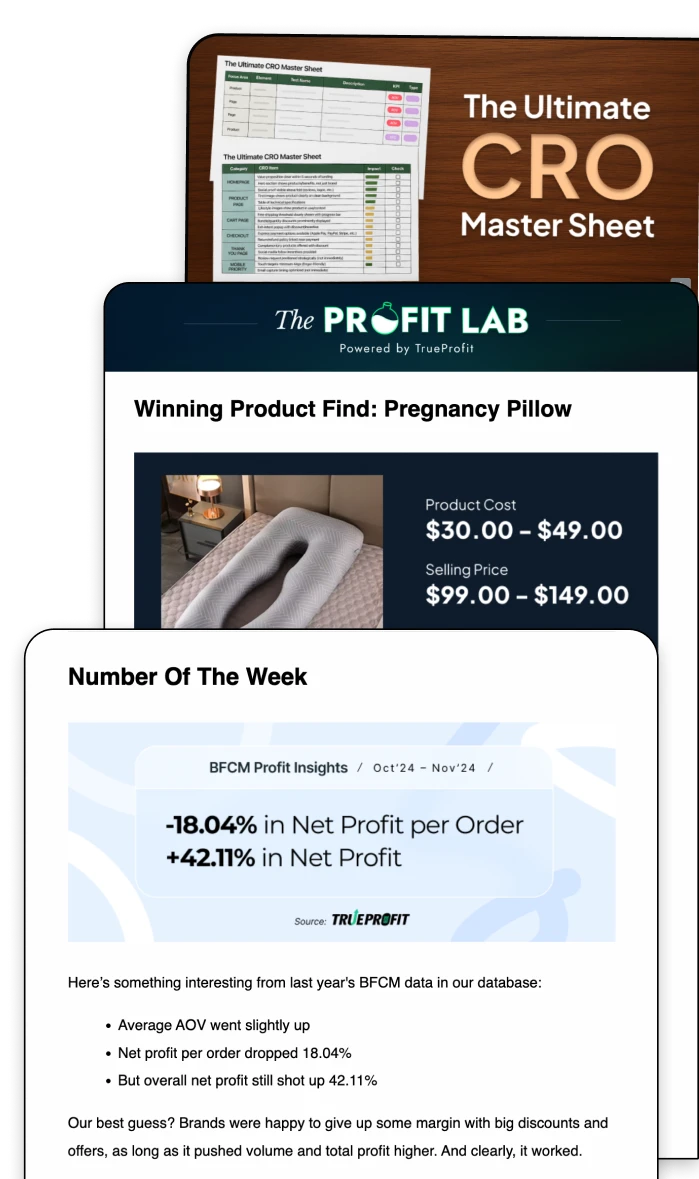Ecommerce Tariffs: What’s Changing and How to Adapt (2025)
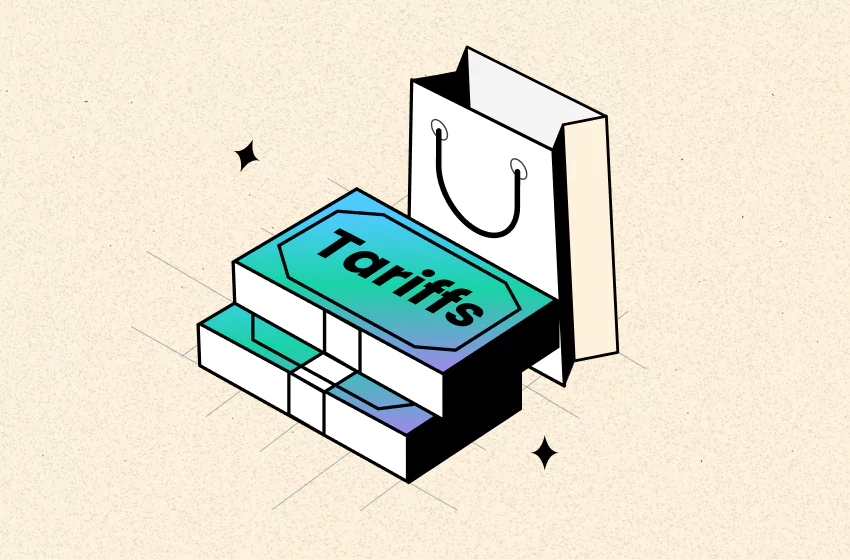
Ecommerce tariffs are changing fast in 2025 — and if you sell online across borders, the impact is real. New U.S. trade policies under Trump’s proposed plan include a 10% blanket tariff on most imports and the removal of de minimis for China and Hong Kong, starting May 2. These shifts raise costs, complicate shipping, and force brands to rethink fulfillment.
This guide is for ecommerce merchants and operators looking to understand what ecommerce tariffs and de minimis thresholds are, how do tariffs affect businesses in 2025, and what steps to take now to protect your margins and operations.
Ecommerce Tariffs Updates Announced in April 2025
- April 5, 2025: 10% tariff on most imports, excluding Canada, Mexico, and China.
- April 9, 2025: 125% tariff on China imports (rising to 145%).
- May 2, 2025: End of de minimis exemption for shipments from China & Hong Kong (no duty-free entry).
- June 1, 2025: Increased postal tariff to $200 per item for China & Hong Kong shipments.
Understanding Ecommerce Tariffs and the Role of De Minimis
What is Ecommerce Tariff?
Ecommerce tariff is a tax placed on imported goods by a country’s government. For brands shipping products internationally, tariffs directly affect landed costs, pricing strategy, and profit margins.
There are four common types you should know:
- Ad valorem tariff – A percentage of the product’s value (e.g., 10% of $100 = $10 duty)
- Specific tariff – A fixed fee per item or unit (e.g., $5 per package)
- Compound tariff – A mix of ad valorem and specific (e.g., $3 + 5% of item value)
- Tariff-rate quota – Lower duty on goods within a set quantity, higher after that quota is exceeded
What is De minimis?
“De minimis” refers to the minimum shipment value allowed into a country before duties and taxes apply.
As of now, the U.S. allows duty-free entry for goods valued under $800 per person, per day. This is known as the de minimis threshold.
If your shipment’s value is below $800, it qualifies for:
- No import duties
- Faster customs clearance
- Simplified documentation
How Does Tariff Affect E-commerce Businesses?
To prepare for tariffs, you should understand tariffs effect on e-commerce:
1. Increased Product Costs
Ecommerce tariffs make your products more expensive—simple as that.
Let’s say you import a $100 smartphone. A 25% tariff instantly adds $25 to your cost. That’s $125 before you’ve even touched shipping or fulfillment.
If your margins are thin, that extra cost can wipe out profits entirely. A 20% tariff on a low-margin item might force you to raise prices, cut costs elsewhere, or find a different supplier fast.
Bottom line: tariffs aren’t just paperwork—they impact your pricing, your margins, and your growth.
2. Delays and Complexity in International Fulfillment
New tariffs and stricter customs checks can lead to delays. For example, shipments from China to the U.S. can experience up to a 10-day delay due to increased documentation requirements.
Ecommerce tariffs require additional paperwork, slowing down the process. For example, the U.S. imposed 25% tariffs on Chinese electronics, causing businesses to spend more time on customs forms and compliance, adding 5-7 days to average shipping times.
For ecommerce stores, this translates to higher operational costs and longer delivery times. Not only does it affect your bottom line, but it can also frustrate your customers, who have to wait longer for their orders to arrive.
3. Limited Supplier Option
As tariffs increase, ecommerce businesses may face limited supplier options. This is due to higher costs and trade restrictions affecting certain regions or suppliers.
Limited access to affordable suppliers, leading to increased sourcing costs and delays in production. As businesses are forced to find alternative suppliers, this can disrupt supply chains and reduce product availability.
Strategies to Reduce Tariff Risk in Ecommerce
1. Work with Local Suppliers or Warehouses (Nearshoring)
Nearshoring can be a powerful tool to mitigate tariffs. By sourcing products closer to your target market, such as moving production to Mexico for U.S. merchants under the USMCA, you can lower your exposure to high tariffs. Nearshoring reduces the need for costly cross-border shipping and customs delays.
Try looking for suppliers or warehouses in regions that have trade agreements or are friendly with your market. If tariffs increase between two major countries, nearshoring could save you more than just costs—it may also improve delivery times, boosting customer satisfaction.
2. Understand HS Codes and Optimize Product Classification
HS codes directly impact tariff rates, and misclassification can result in overpaying. For example, if a product is mistakenly classified as a luxury item, it could face a 15% tariff, while the correct classification might reduce it to just 5%.
Regularly review the HS codes of your products and ensure they're correctly filed. If you're unsure, consult with a customs expert or use a classification service to prevent costly errors.
3. Use De Minimis Smartly (Split Shipments, etc.)
The de minimis exemption allows goods valued below a certain threshold to enter a country tariff-free. For instance, the U.S. de minimis is $800. Splitting large shipments into smaller, value-under-threshold packages can reduce or even eliminate tariffs.
Before you go down that route, it’s important to calculate the full cost, including any extra shipping or handling fees. If the cost of splitting (e.g., additional handling or shipping costs) is less than the tariff, it’s worth considering this approach. But avoid overusing this tactic, as it can complicate customs and increase operational complexity.
4. Partner with Customs Brokers or Logistics Providers
A knowledgeable customs broker can help you navigate the nuances of changing tariffs. They can ensure your shipments comply with the latest regulations, even when new policies like Trump’s 2025 tariffs come into play.
You should also think about working with logistics providers who specialize in international shipping. They’ll help you stay ahead of any potential tariff changes and avoid costly delays or fines. Additionally, partnering with logistics providers that specialize in international shipping ensures smoother operations.
5. Consider Raising Prices or Adding Fees Transparently
In response to tariffs, many ecommerce businesses have opted to either raise prices or apply additional fees to international orders. This ensures the additional cost doesn’t eat into profits. However, transparency is key—customers need to understand why these changes are happening.
Make sure to clearly communicate these changes on your site or at checkout. Be clear and upfront about tariff-related price increases on your website or at checkout. A transparent surcharge for international shipping, directly tied to new tariffs, is often more palatable to customers than a general price hike.
With policies like Trump’s 2025 tariff plans in the works, it’s crucial to stay informed through government and trade organization websites, as well as trusted logistics partners.
Regularly simulate tariff impact scenarios for your products. For example, calculate the effect of a 10% tariff on your most popular products to understand how it might affect your margins and pricing strategy. For more strategies, explore our 7 ways to profit from tariffs.
eCommerce Tariffs FAQs
Ecommerce tariffs are about to shift in 2025, with new policies that will impact your bottom line. This means higher costs and more complicated shipping for international orders. To protect your margins and streamline operations, now is the time to understand these changes and adjust your strategy accordingly.
Harry Chu is the Founder of TrueProfit, a net profit tracking solution designed to help Shopify merchants gain real-time insights into their actual profits. With 11+ years of experience in eCommerce and technology, his expertise in profit analytics, cost tracking, and data-driven decision-making has made him a trusted voice for thousands of Shopify merchants.




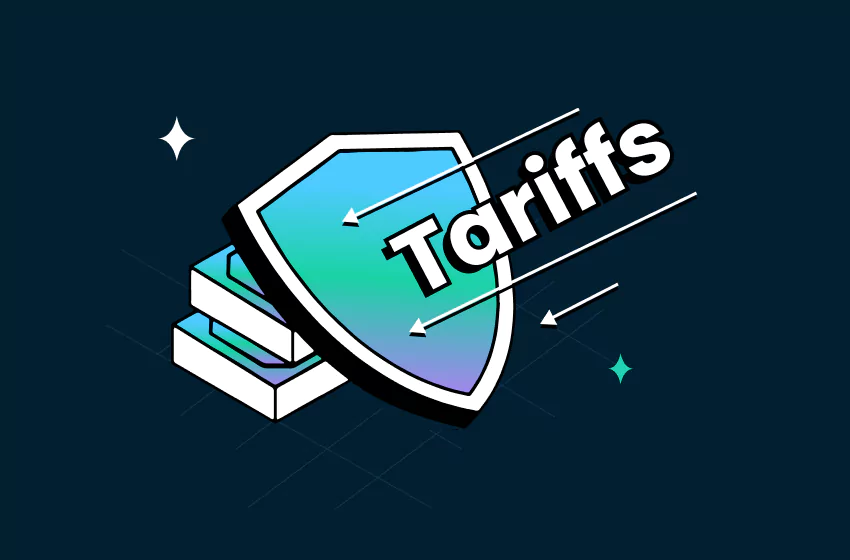

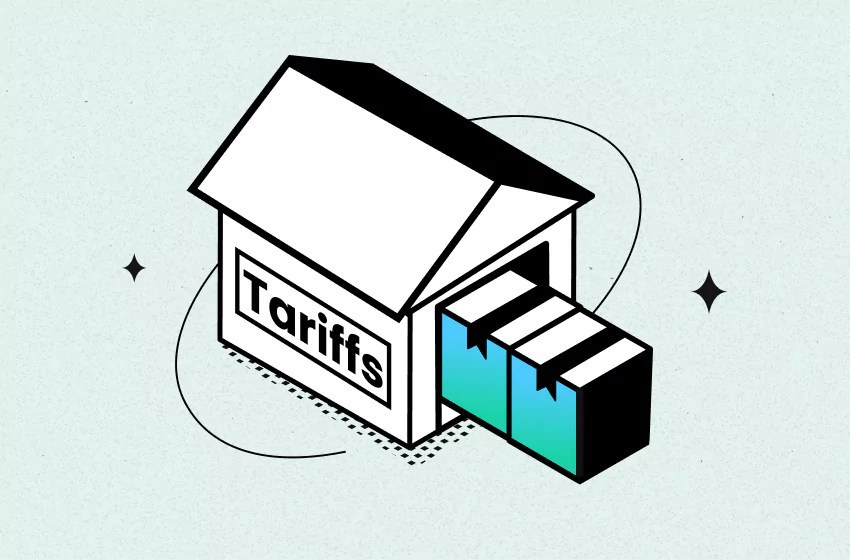

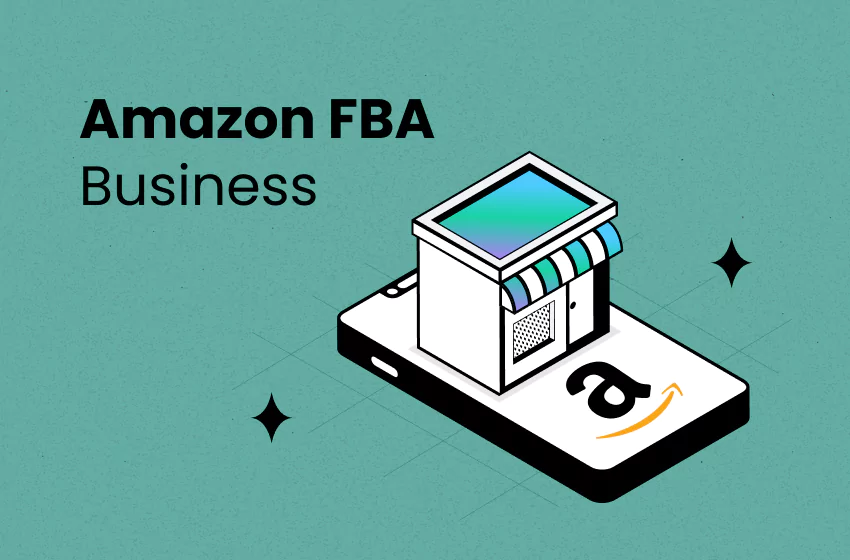
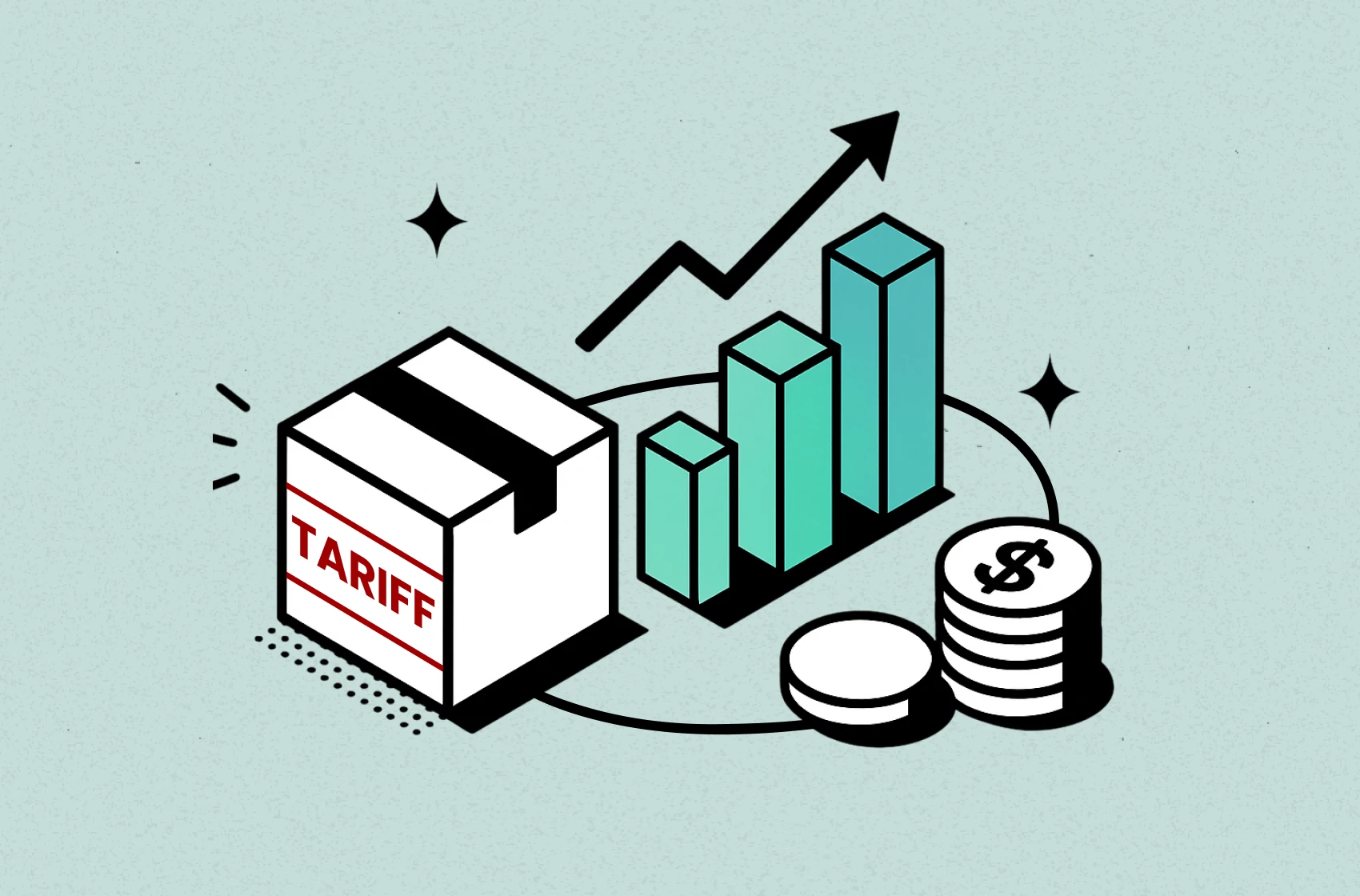
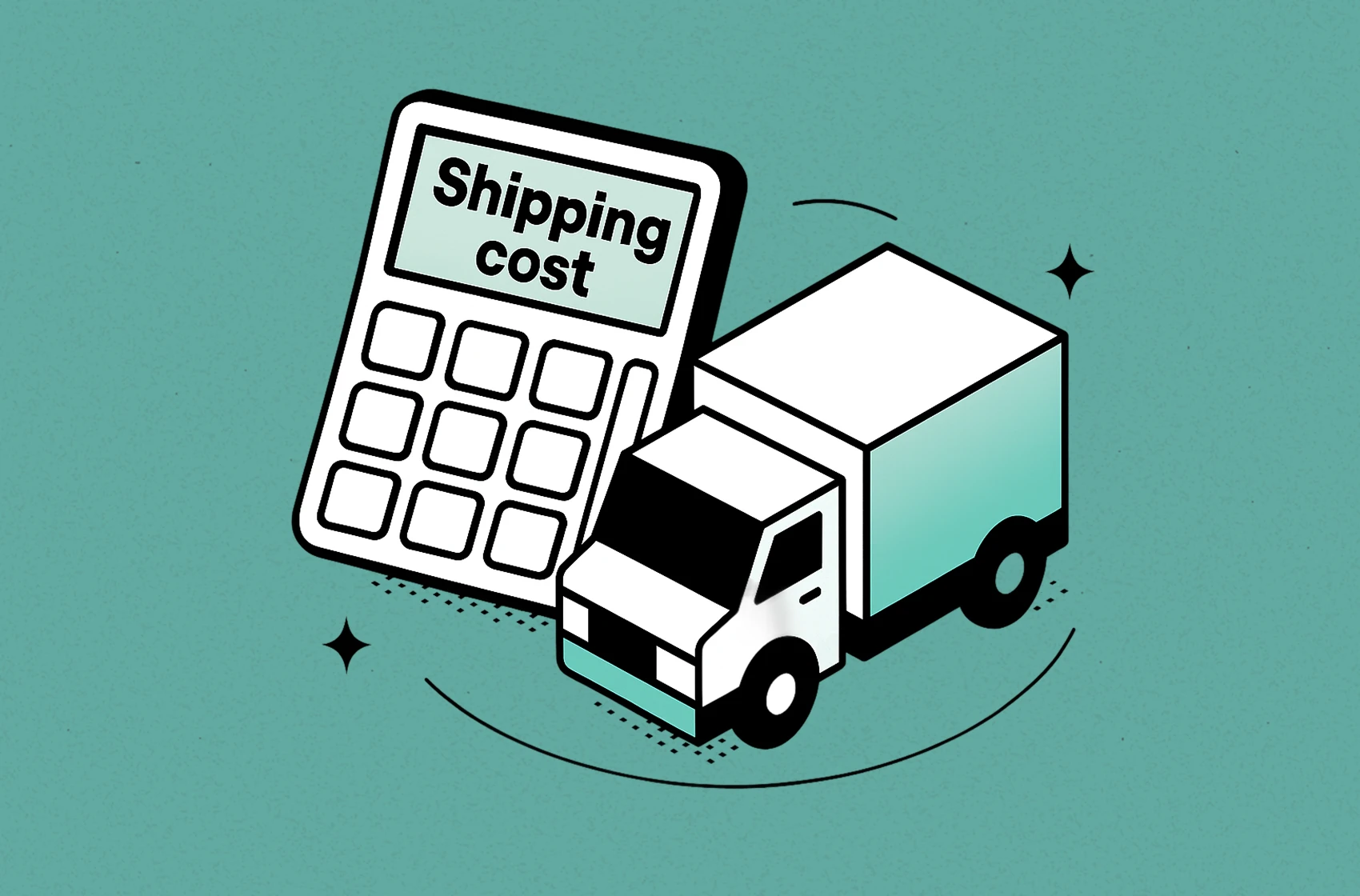
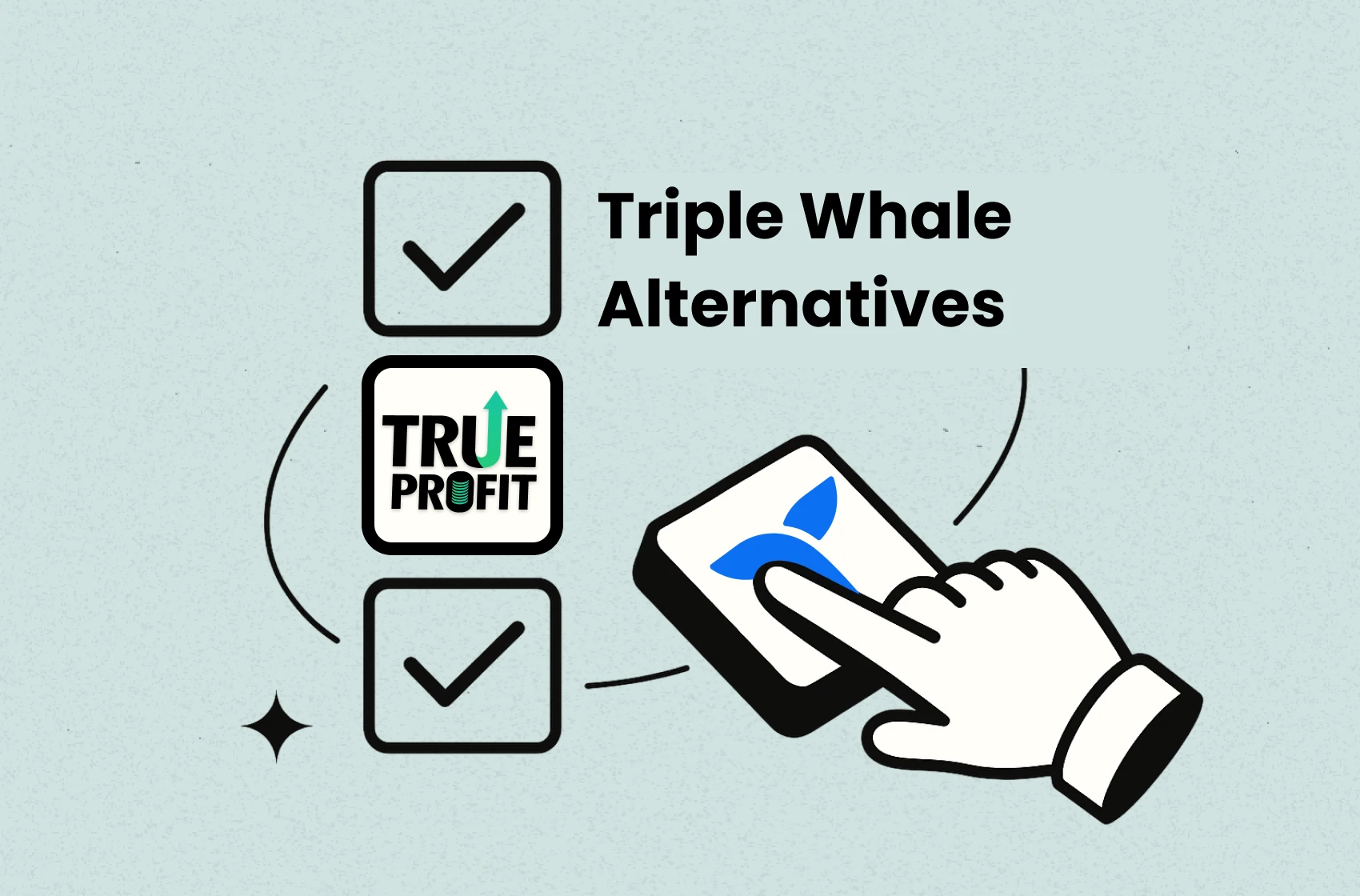
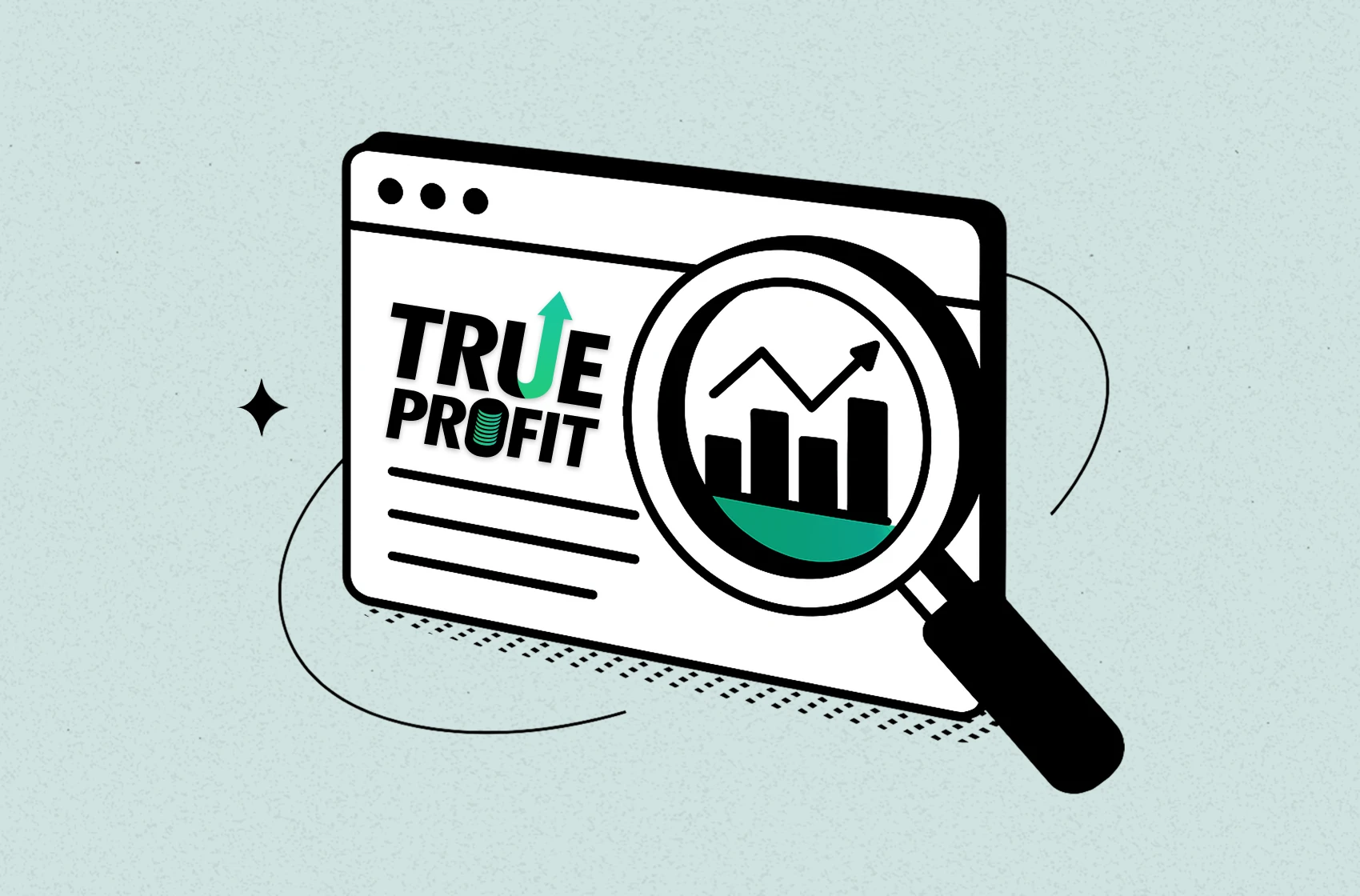
 Shopify profits
Shopify profits